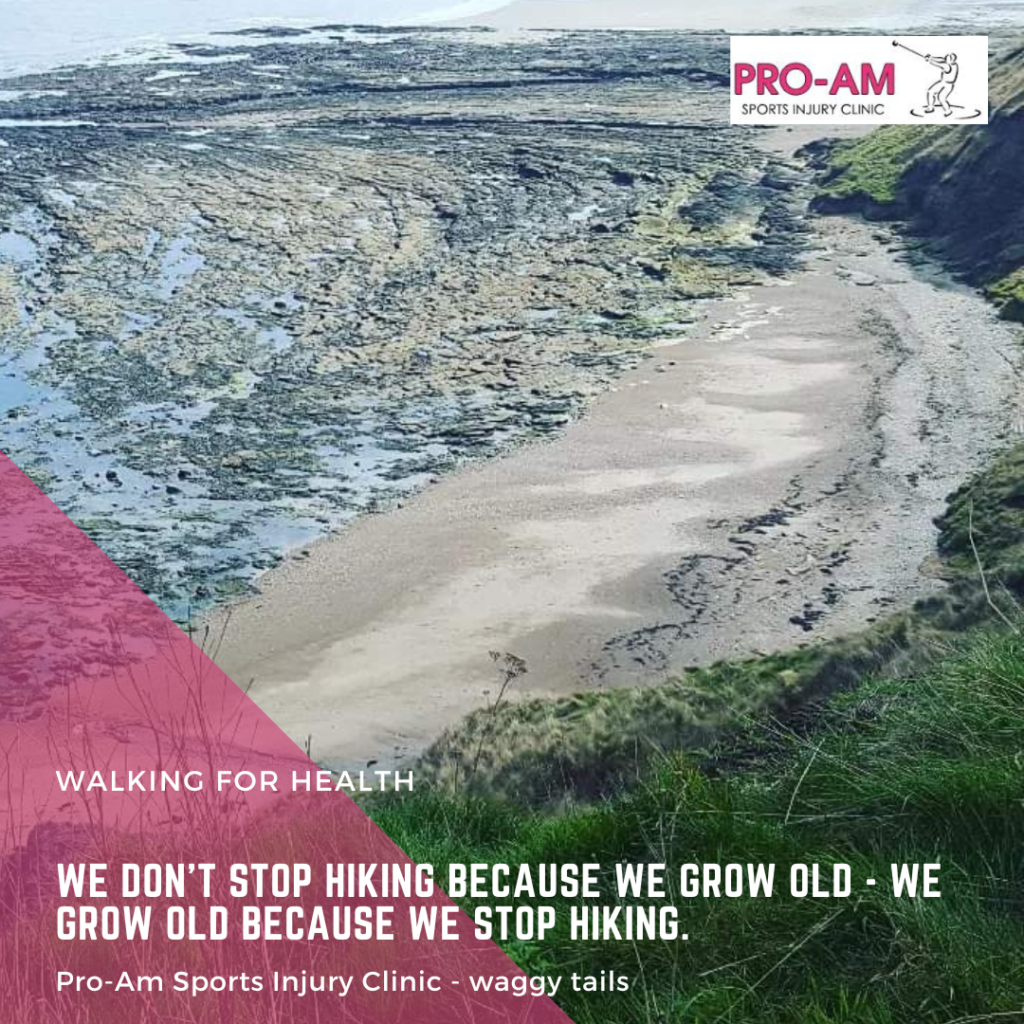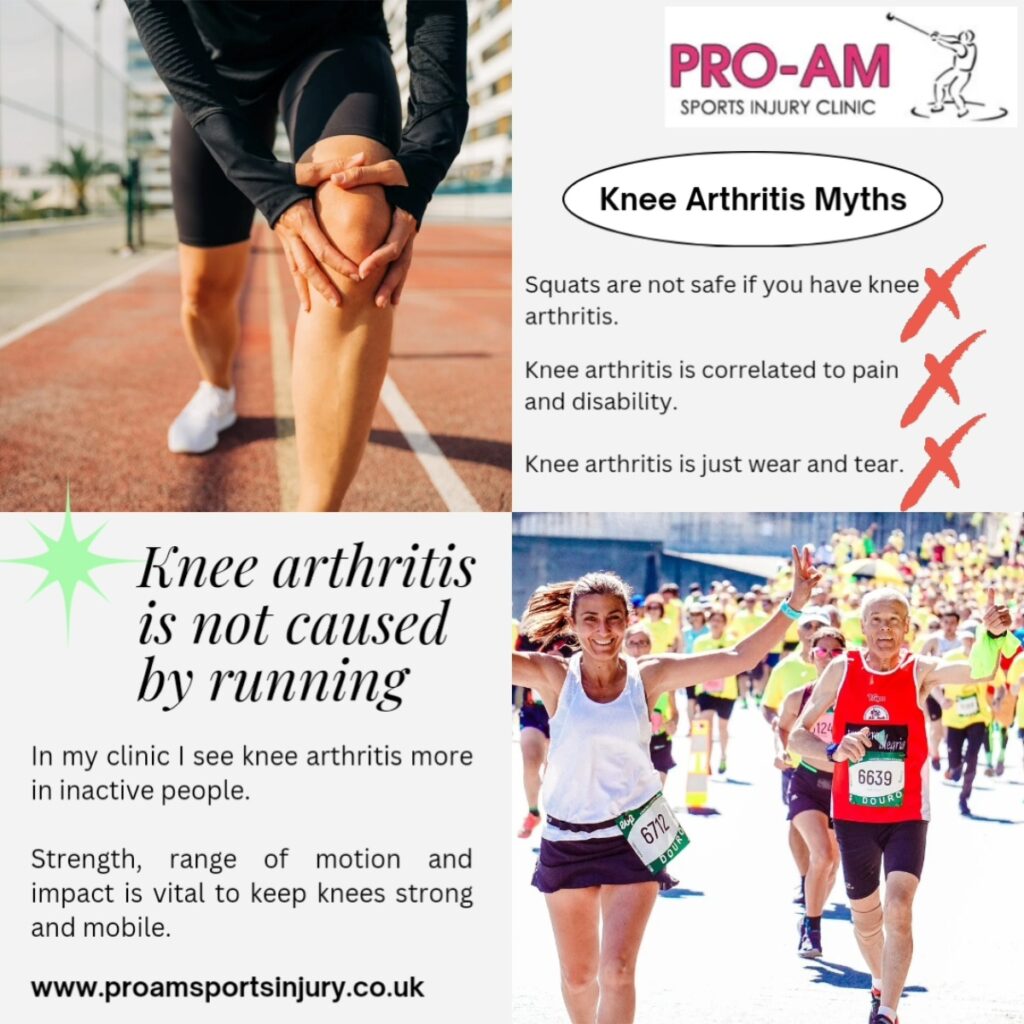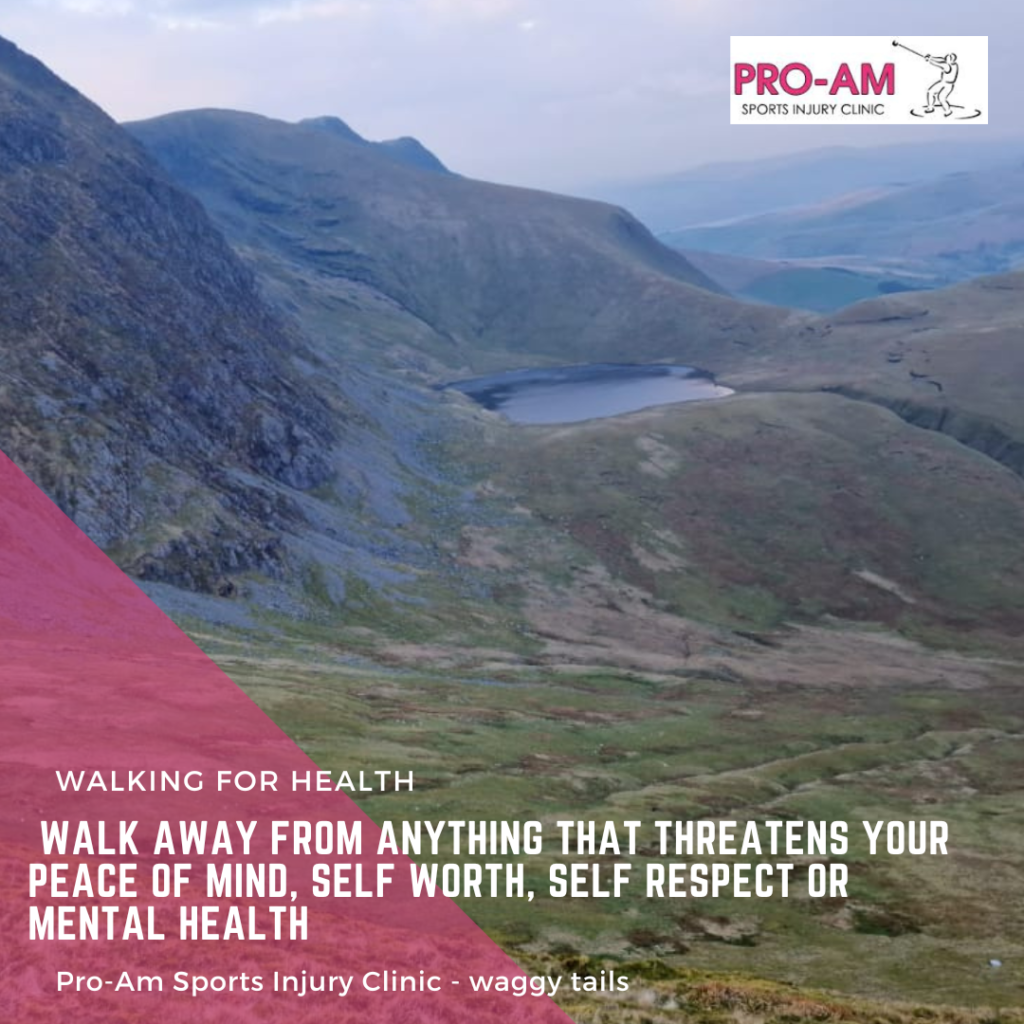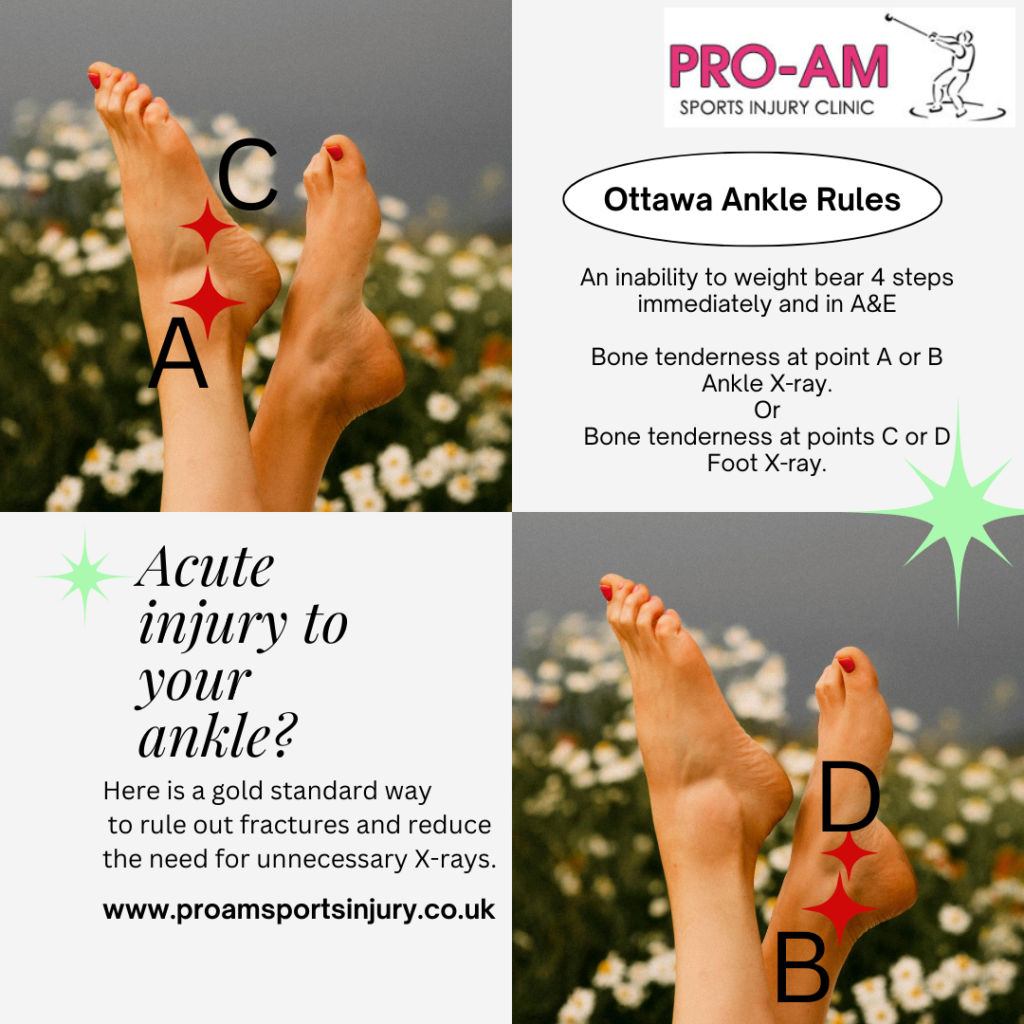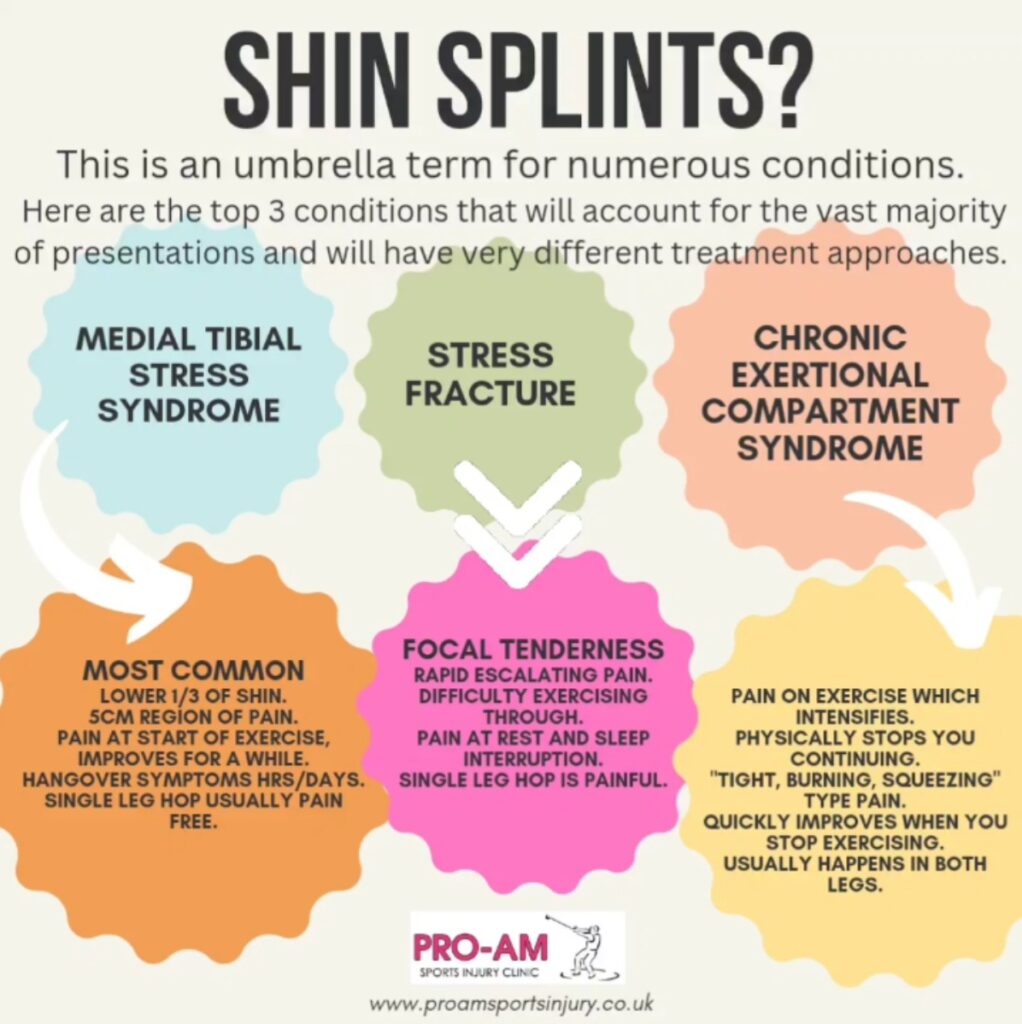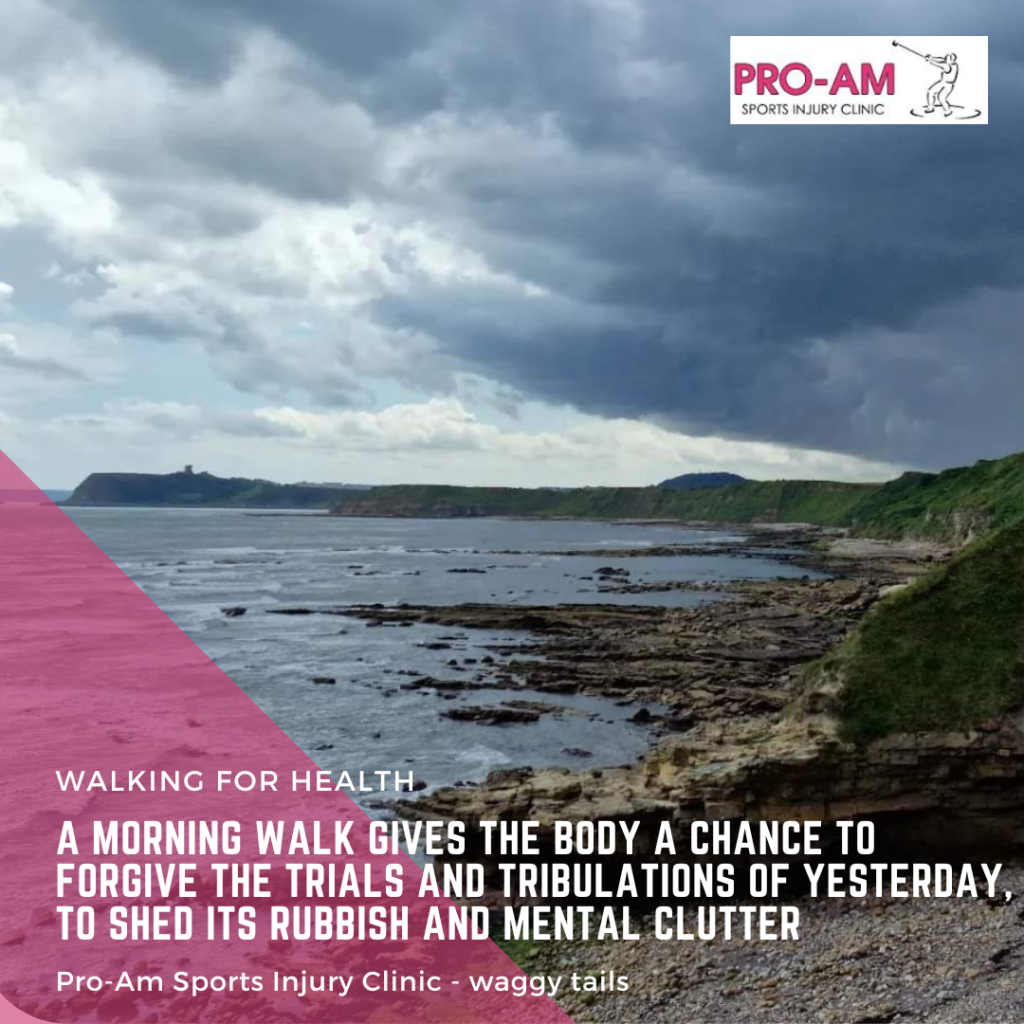
sports therapy
Friday Walking for Health
Knee arthritis
Friday Walking for Health
Fractured your ankle?
Shin Splints?
The importance of running easy
Here at Pro-Am we are lucky to work with a variety of runners and triathletes from elite level to recreational. Regardless of level there is a common trend in the most common cause of injury.
“Lack of understanding of the importance of easy running”
About 80% of my clients run there easy runs too hard, or just don’t do them. Sometimes its not the lack of understanding, I think it is the hardest habit to change. We as humans are great at feeling guilty for not working hard enough or getting into a pattern of I need to push myself in order to improve. Yet easy runs have a massive importance to your training, variety is key to allow recovery and get the best out of harder sessions.
Whether running for performance (to get faster) or running for health benefits (to stay healthy) many runners think that running faster or harder is most beneficial. If you are only running once or twice a week and relatively short distances (under 5 km) you MIGHT be able to get away with this approach. But if you are trying to fit in more than three runs per week and you are trying to progress as a runner, you are likely to come unstuck at some point.
The reason this happens is that the faster you run, the more pressure or stress you put on your tendons and tissues. Tendons typically take up to 48 hours to recovery from plyometric load (running) so the more frequently you run, the less time the tendons have to recover. This will eventually lead to overload and often injury. The most common response I get when I flag this issue is: ‘But if I run slower, I won’t progress or feel like I haven’t done anything’. This is factually incorrect. Aerobic training (60–80% of max HR) is a highly effective and a necessary part of a weekly training schedule.
80% of your weekly training should be easy. But how easy is easy. There are many ways that you can calculate and ensure that you are training in your aerobic zone. If you like using heart rate (HR) you can use this as a guide. Your aim on your aerobic runs should be to keep your HR between 60-80% of your HR max (zone 2) (To estimate your maximum age-related heart rate, subtract your age from 220.) Hard sessions should take you into zone 4 and above, the Kenyans have a bigger extreme in that easy runs are zone 1 and hard in zone 5. There is a catch with this method though in that often your HR can vary according to fatigue and stress so its not always a reliable measurement. Personally I suggest you calculate your training paces through doing a 5 km race or a 3 km time trial. From this you can use various pace calculators that are readily available on the internet to give you accurate training paces. As a rough guide you if you run a 20 min 5 km (4 min/km average) your easy pace should be 5.30–6 min/km. Your immediate reaction maybe ‘that’s really slow’, often followed by ‘I cant let people see me running that slow! Honestly, my response is ‘Its your body, your ego’ I don’t mind if every time I see you, it is to constantly fix and repair but I would much prefer to be getting you moving better and helping to improve your performance which is much easier without pain and dysfunction.
It shouldn’t matter if anyone overtakes you during your runs… your running should be about you, getting the most out of yourself! So focus on doing the right thing for you and your progression and enjoy running at a pace that you will learn to love! I have seen so much progress in performance with clients who are able to implement this. It is not always about improving times either but balancing the strain of the repetitiveness of running by keeping running pain free which you have to admit is a lot more fun, feels easier and helps decrease mental stress.
Injuries are tough mentally
Injuries are not just physical but also mentally challenging especially if they are going to take over a month to heal or they become chronic in nature. Our thoughts can become more negative, it is frustrating when you cannot do what you could easily do maybe 1 year ago or even just 1 week ago. We have to let go of our ego’s and look towards the small achievements. Here at Pro-Am we aim to try and get clients to see injuries as a time of positivity. A time to reflect on training, work and life. A time for recovery. A time to work on areas you have neglected due to time constraints and perhaps look at changes that need to be made. Many top athletes come back from injury time in better health than before the injury and perform better.
Here is link I found on instagram which I think is a great way to show you how you can change your thought process to be more positive.
Let us help you
- Resolve pain
- Reach fitness goals
- Get back to doing what you love
Sound good? Through our guidance here at Pro-Am you will learn to understand what your limitations are (especially whilst recovering from injury) and how you can improve your posture, pain and ultimately your confidence to move (something pain can really interfere with)
How is Pro-Am different?
We have time to listen to you and explain how you can get better. What sets us apart is the knowledge we instill in our clients that you can use to address issues that may arise, throughout your life. We show how muscles and body parts work and connect.
Current healthcare over complicates diagnosis and rehabilitation and thrives on prescribing pills. I find many clients do not want this. Here at Pro-Am we teach fun and simple exercises to get you moving and pain free.
It is important to understand at the end of the day nobody can address the root cause of your issues except you. The majority of peoples imbalances, misalignment and pain occur not from one single event but years of micro traumas, stress, poor posture/technique and genetics. There may have been one single episode you felt something go but the likely hood is, it was building for quite some time and it was just the breaking point (which is why I hear often the typical ‘I am getting old’ excuse).
At Pro-Am we help you take back control of your body and life by improving the way you move through exercise and life. When you feel good you move more because it gives you energy and freedom.
We would all like a quick fix to our problems but reality is, there isn’t. Even as a therapist my participation in the hammer throw has taken it’s toll on my body and only now in my 30’s when pain and dysfunction has affected my performance do I appreciate the need for recovery and exercises to combat the repetitive nature of my sport and life. It is so important to look beyond the training and performance specific to your sport and look after the body as a whole for life and longevity.
Our goals
- Improve body awareness
- Gain strength
- Improve flexibility
- Reduce and restore pain and injuries
When injury strikes we are here to help you understand the cause. An injury consult will involve assessing movement and dysfunction which will then guide any soft tissue work and exercises. The most important part of injury recovery is finding the right exercises and level of load to allow recovery and reduce irritation on painful structures. Follow ups are there to progress exercises at the right time, we do this by having extensive knowledge in tissue healing phases and pain science. We also guide our exercises towards the type of activities or sport you partake in.
When not injured we recommend a monthly check in to get the most benefit out of our services. Our usual maintenance session will include soft tissue treatment to specific areas which just naturally take there toll in your life. A bonus, is it makes you feel better too! Then we will go through some exercises which help you specifically move and feel better. The most important part, we give you some simple exercises to do at home which can easily slot into your routine to help maintain and give consistency (Usually 4-8 exercises to mobilise, stretch, activate and combine these 3 with a functional exercise). Plus our current clients say it gives them a great motivational boost by having regular sessions. We constantly adapt and change treatment and exercises to suit your current life stresses and we find exercise variety is the key to consistent health.
Why not have a look at our Loyalty Scheme specifically designed to reward and help keep consistency of health and wellness with individual programming https://www.proamsportsinjury.co.uk/membership-card/
What to wear for a Massage
A very common question I get asked when somebody books in who is new to my services is what do I need to wear? This is a very valid and appropriate question as different therapists will have their preferences depending on the type of treatments they are trained in. Here at Pro-Am it is ultimately down to what is comfortable for YOU.
As a manual therapist we are trained to adapt our techniques to suit your needs. In the UK you should never be expected to lie on a table in the buff exposed, this is not acceptable practice, you will keep under garments on and there should always be towels provided for modesty and also warmth. Most of the time only one area will be exposed to treat, for example an arm, leg or back.
We will always explain what we are going to do as we go through the treatment so you can give consent for us to go ahead. You have control and can say No Stop at anytime.
What is best?
At Pro-Am if it is your first visit to us for an injury consult then just make sure you wear comfy clothes you can move in. Sometimes we may need to expose the area we are assessing to be able to see how it moves or look for signs of injury like swelling, redness and bruising. For example if you have a knee injury wearing shorts or having shorts to change into is helpful to the therapist. If it is for the shoulder or back then removing your top can be helpful, again to assess movement. Females will never be asked to remove their bra for any assessment purposes. If you are uncomfortable unclothing, do let us know, we can still assess your injury fully clothed. You have come to us because you are in pain and we want you to feel safe and comfortable.
Sports massage/soft tissue treatments may require you to disrobe to your under garments. We will always provide towels for you to keep covered and only the specific area we treat will be exposed, unless it is the glutes then we work always through the towel. If we want to finish with some exercises like stretching then we will ask if you want to get clothed first, as some positions can make you feel a bit exposed.
The reason we ask you to disrobe and expose the area to be treated for massage is so we can visually see what we are treating and so we can use oil/wax, this helps us use more gliding type techniques which can have a soothing effect on the body and help warm up the tissue before we go into deeper techniques, if required. A therapists hands should never work underneath clothing or towelling, the therapists hands should always be visible. For more deeper techniques, we tend not to use oil/wax and quite regularly apply through towelling, we may just expose the site to get a sighting of specific landmarks to where we need to treat.
Groin injuries are the one injury most will put off seeing a specialist for, it is a sensitive area for obvious reasons. We would never ask you to expose your genitals. Wearing shorts or big knickers/pants is ideal but we can work through trousers, it can just be harder to find our anatomy reference points to make sure we are palpating specific and appropriate structures. When dealing with males we may ask you to cup and scoop sensitive areas out the way either with your own hands or provide a towel to make sure we do not come into contact with anything we should not. No palpation should ever go below the pubic bone. If this is uncomfortable for you then we can ask and direct you on what muscles/tendons/bones/ligaments to palpate. Palpation is used to find specific pain sites but it is not compulsory for diagnosis or treatment. We will always explain what we are going to do so we can ask permission for consent to go ahead. If you find it uncomfortable, tell us and we can try another position or skip it all together. We have other techniques to use if hand position in the groin area is not right for you.
If you feel at all uncomfortable during your treatment please do let us know, as we can change and adapt our treatment approach to suit you.
So if you come to us for an injury consult or massage then we do not expect you to disrobe if it makes you feel uncomfortable. Just let us know how you feel so we can make your treatment approach specific to your needs and comfort.
If the therapist finds your behaviour inappropriate at any stage they also have the right to stop your treatment and ask you to leave.




